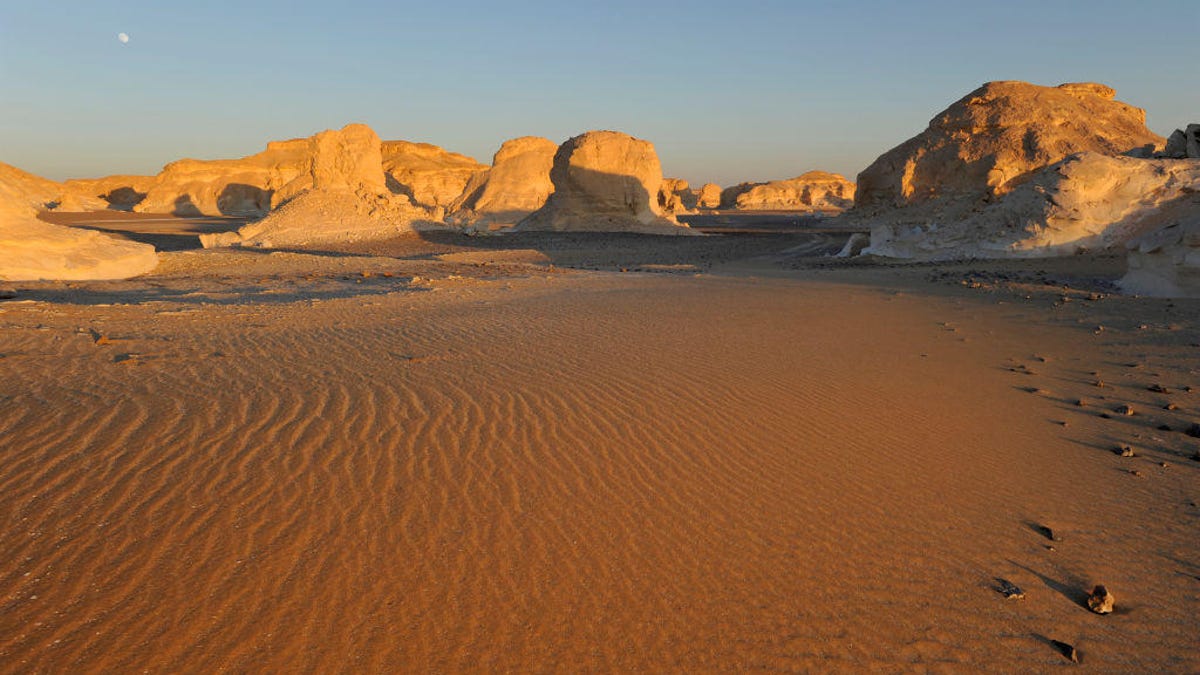Scientists may soon be able to make it rain in the Sahara Desert
With massive wind and solar farms, plants could start growing again too, say scientists.

With wind and solar farms, there may be more rainfall and greenery in the Sahara Desert, according to scientists.
Scientists may have found a way to bring rainfall and greenery back to the ever-expanding Sahara Desert.
A massive wind and solar installation in the desert would raise local temperature, precipitation and vegetation and could bring benefits to the area, according to reports published last week by the University of Illinois and the University of Maryland.
Wind and solar farms simulated in the study, conducted at the Sahara Desert because of its scale, lack of inhabitation and sensitivity to land changes, would cover more than 9 million square kilometres, according to the researchers.
Researchers found that precipitation doubled with the installation of the farms, growing by as much as 0.25 millimetres per day on average.
"The rainfall increase is a consequence of complex land-atmosphere interactions that occur because solar panels and wind turbines create rougher and darker land surfaces," said Eugenia Kalnay, a co-researcher of the study.
"This increase in precipitation, in turn, leads to an increase in vegetation cover, creating a positive feedback loop," added Yan Li, lead author of the study.
The wind and solar farms also created an average of 3 terawatts and 79 terawatts of clean energy respectively, said the scientists.
"The increase in rainfall and vegetation, combined with clean electricity as a result of solar and wind energy, could help agriculture, economic development and social well-being in the Sahara, Sahel, Middle East and other nearby regions," said co-researcher Safa Motesharrei.
You can read more about the study in the journal Science.
First published Sept. 11, 2:05 a.m. PT
Update, Sept 12 at 7:14 p.m.: Adds link to study and corrects Motesharrei's name.
Taking It to Extremes: Mix insane situations -- erupting volcanoes, nuclear meltdowns, 30-foot waves -- with everyday tech. Here's what happens.
Fight the Power: Take a look at who's transforming the way we think about energy.

